Posted on 12/19/2025
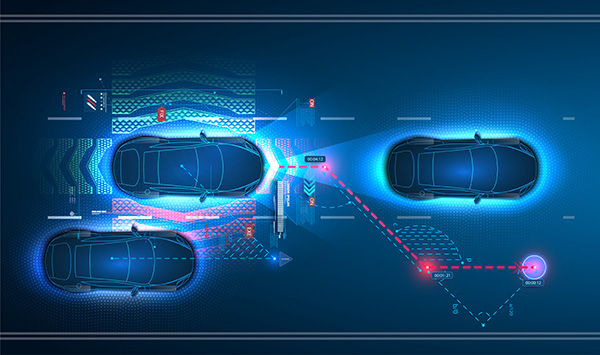
You can drive away from a repair feeling great, only to notice later that your car is suddenly nagging you with lane warnings at odd times or the cruise control feels “off.” That is often not the repair itself, but the tech behind it. Modern driver assistance systems depend on exact aiming, and even a small shift can throw them out of sync. That is why calibration after certain repairs is not a luxury; it is part of doing the job correctly. What ADAS Actually Does While You Drive Advanced Driver Assistance Systems (ADAS) are the electronic helpers that quietly watch the road with you. They use cameras, radar, and sensors to manage features like lane keeping, adaptive cruise, forward collision warning, automatic emergency braking, blind spot monitoring, and parking assist. All of those features rely on two things: accurate data and correct alignment. If a camera is tilted a few degrees or a radar sensor is sitting a little too high or low, the system stil ... read more
Posted on 11/28/2025
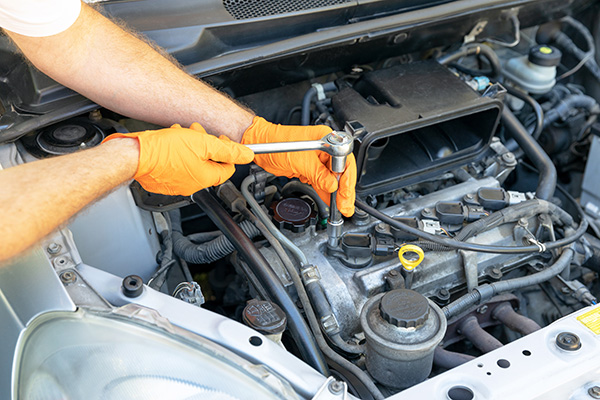
A new noise that shows up only when you press the pedal is a useful clue. Acceleration loads the engine, exhaust, mounts, and driveline, which means a weak part often speaks up only under throttle. Use this guide to separate harmless chatter from problems that deserve attention in San Jose traffic and on 101 ramps. Start by Splitting Engine RPM From Road Speed Does the pitch rise with engine rpm in Neutral, or only while the vehicle is moving under load? If the sound follows rpm even when stationary, think engine accessories, belts, or exhaust. If the sound appears only while rolling and changes with vehicle speed, focus on wheel bearings, axles, mounts, and heat shields that vibrate under torque. Answering this first keeps you from chasing the wrong system. Engine-Side Noises That Grow With Throttle A sharp chirp or squeal that pops up with A/C on or while climbing a hill points to a belt slip or a weak tensioner. Modern EPDM belts rarely crac ... read more
Posted on 10/31/2025
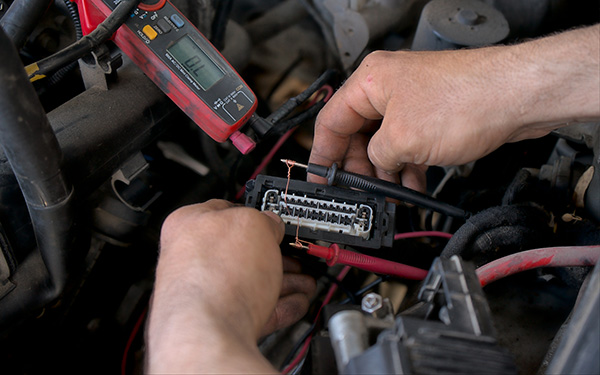
Modern vehicles rely on dozens of sensors to monitor engine operation, emissions, safety systems, and more. These components help the car make constant adjustments while you drive, from fuel injection timing to steering assistance. In many ways, sensors have improved reliability and performance. But they’ve also introduced new complications. When one of them starts to fail, it can trigger a ripple effect that’s not always easy to trace. What Automotive Sensors Actually Do Sensors act as the eyes and ears of your car’s computer systems. They monitor variables like air temperature, wheel speed, throttle position, and engine load. The data gets fed into control modules, which then adjust how the car behaves. For example, the oxygen sensor monitors fuel mixture so the engine can run cleanly and efficiently. If the data is accurate, the system runs smoothly. But when a sensor sends bad information, it can throw everything off. How One Bad Senso ... read more
Posted on 9/26/2025
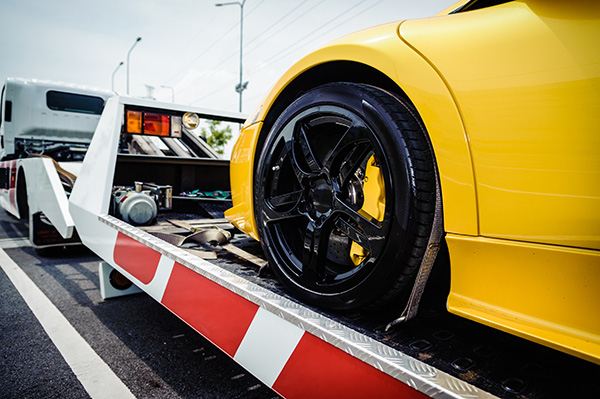
Life gets busy. Oil changes get postponed, brake inspections get skipped, and that strange noise under the hood gets ignored. It’s easy to let routine car maintenance slide when everything seems fine. But under the surface, problems may be quietly building. Preventive maintenance is more than a checklist. It's the reason your vehicle stays reliable, safe, and affordable to operate over time. Let’s look at what really happens when drivers ignore preventive maintenance, and why waiting too long can backfire in ways that are costly, inconvenient, and sometimes dangerous. Minor Issues Don’t Stay Minor for Long Think of maintenance as the oil in the engine of vehicle ownership. Regular checks and timely service catch small problems early. A loose belt today might only cause a squeak, but down the road, it could snap and leave you stranded. A dirty air filter might seem like no big deal, but it restricts airflow and reduces fuel economy, especially i ... read more
Posted on 8/29/2025
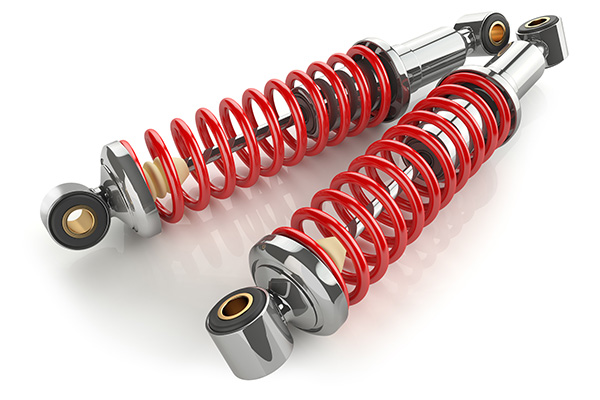
The suspension system in your vehicle does far more than cushion bumps. It’s a carefully designed network of springs, shocks, struts, and linkages that maintains tire contact with the road. Every time you hit a pothole or travel over uneven pavement, the suspension absorbs that force so your tires stay steady. Without it, the ride would be rough, your handling unpredictable, and your ability to brake safely compromised. The Specific Role of Shocks and Struts Shocks and struts are the main components that control the up-and-down movement of the suspension. They prevent excessive bouncing and stabilize your car during cornering, braking, and acceleration. If shocks wear out, the vehicle begins to lose control in subtle but dangerous ways. For example, during a hard stop, the front end may dive too much, extending braking distance. When turning, the car may lean or sway more than normal, reducing your ability to stay in your lane. Over time, these changes reduce b ... read more
Posted on 7/28/2025
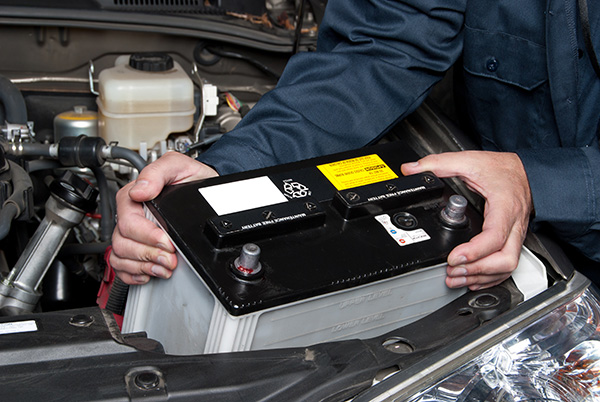
Your brakes are your vehicle’s most important safety system. They allow you to slow down quickly, stop to avoid hazards, and confidently handle all types of driving conditions. Over time, brake components wear out, and ignoring the warning signs can lead to dangerous situations and costly repairs. Knowing when to replace your brakes helps keep you and your passengers safe. Here are six clear signs that it might be time to schedule a brake service. 1. Squealing or Screeching Sounds One of the most common signs that your brakes need attention is a high-pitched squeal when you apply them. Brake pads are equipped with wear indicators that create this noise when the pads have worn down to a certain point. It’s designed to alert you before the pads wear completely and start damaging the rotors. 2. Grinding Noise If you hear a grinding noise when braking ... read more
Posted on 6/27/2025
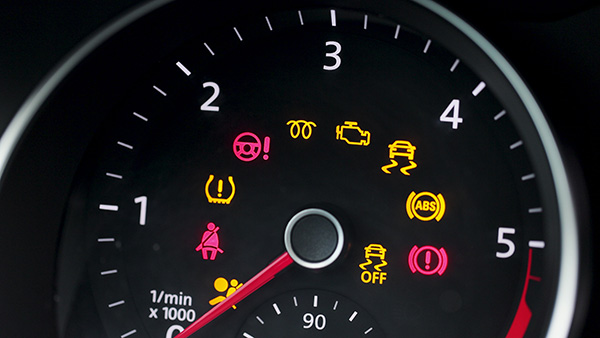
Modern cars are equipped with advanced sensors and warning systems designed to keep you informed and protected. But when one of those little lights on the dashboard turns on, it can be confusing or even alarming. Some drivers ignore them, while others assume the worst. Knowing what these lights mean can help you take action before small problems become major repairs. Not all dashboard lights indicate emergencies. Some are reminders, others are warnings, and a few are serious alerts that require immediate attention. Whether you drive a newer vehicle with digital displays or an older car with traditional gauges, understanding your dash lights is key to safe and reliable driving. The Check Engine Light One of the most common warning lights is the check engine light. When it glows solid, it usually means something needs attention but isn’t urgent. A loose gas cap, failing oxygen sensor, or minor emissions issue might be the cause. However ... read more
Posted on 5/30/2025
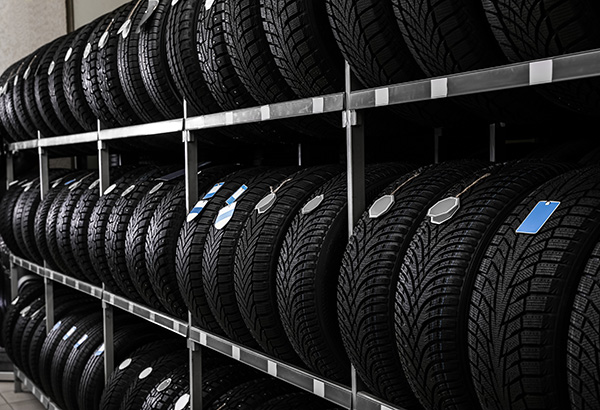
Your tires are the only part of your vehicle that makes direct contact with the road, which makes their condition vital for safety, handling, and overall performance. But many drivers don’t think about tire replacement until something goes visibly wrong—like a flat or a blowout. In reality, tires give off clear warning signs when they’re nearing the end of their life, and recognizing those signs early can prevent accidents and improve your driving experience. If you’re unsure whether it’s time for a new set of tires, here are the key signs to watch for. Tread Wear That’s Too Low One of the most reliable indicators that your tires need replacement is tread depth. Tire tread helps grip the road, especially in wet or slippery conditions. As it wears down, your vehicle’s ability to stop and corner safely is reduced. The easiest way to check tread depth is the penny test. Insert a penny into the tire’s tread with Lincoln&r ... read more
Posted on 4/28/2025
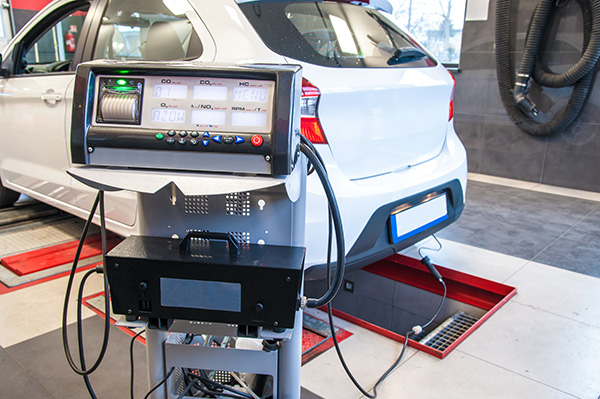
If you live in California, you probably already know that smog checks are required for most vehicles every two years. However, failing one can lead to unexpected repair costs or delays in registration renewal. The good news? With a little preparation, you can significantly improve your chances of passing your smog check on the first try. Here’s what you need to know before heading to the station. Make Sure Your Check Engine Light Is Off One of the fastest ways to fail a smog test is to have your check engine light on. Even if your car seems to be running fine, a triggered engine light is an automatic failure in California. Sometimes, the issue is minor—like a loose gas cap—but other times, it could be related to emissions components such as the catalytic converter or oxygen sensor. Before your test, make sure the light is off. If it’s been recently reset, drive the car for at least a few days to ensure the system has had time to complete its ... read more
Posted on 3/28/2025
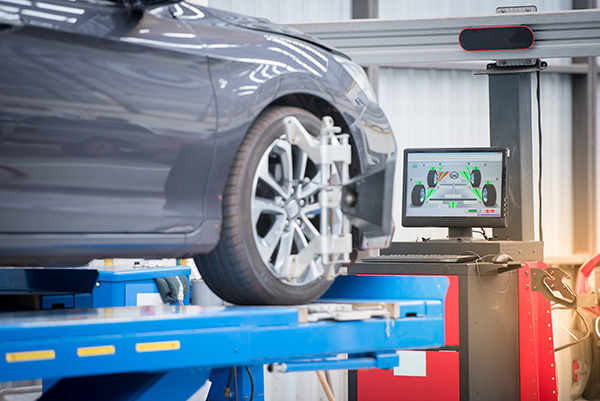
It starts off subtle—your hands are steady on the wheel, but your car has other plans. You feel it drifting slightly to one side, and before you know it, you're constantly adjusting just to keep it straight. If your car is pulling to the left or right, there’s a good chance something’s off under the surface, and it’s not something to ignore. Even a small pull can be a sign of tire issues, alignment problems, or worn suspension components. Catching the cause early can save you from uneven tire wear, steering trouble, and more expensive repairs later. Tire Pressure and Uneven Wear One of the most common (and easiest to fix) reasons your car pulls is uneven tire pressure. When one tire has less air than the others, it creates an imbalance that shifts the way your vehicle moves. If the front right tire is underinflated, for example, the car may naturally drift in that direction. Check your tire pressure regularly—especially if the pull ... read more